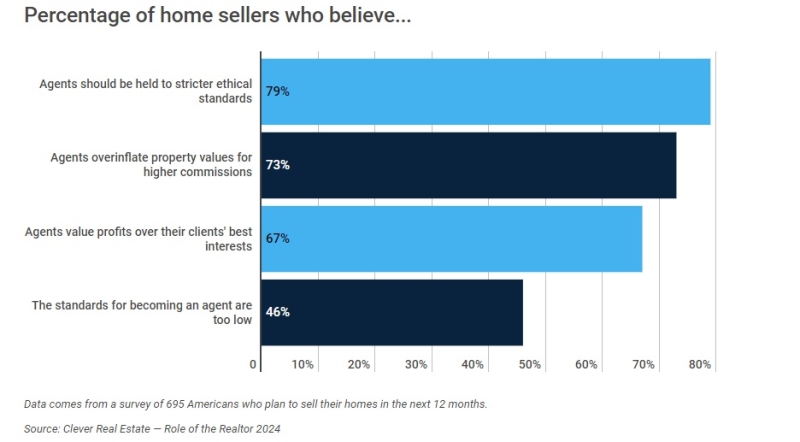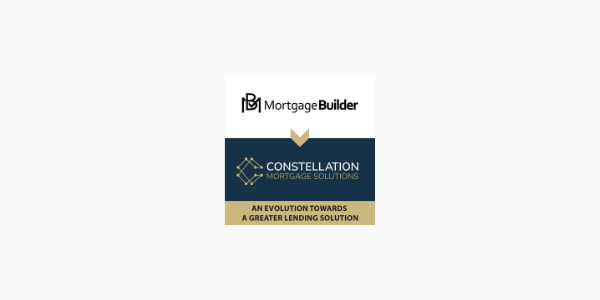Advertisement
FHA Makes Changes to Annual MIP and Refi Transactions

On Feb. 14, the Federal Housing Administration (FHA) released Mortgagee Letter (ML) 11-10 and ML 11-11. ML 11-10 announced an increase to the annual Mortgage Insurance Premium (MIP) on standard FHA loan programs. ML 11-11 announced some changes to refinance transactions. This month’s article is dedicated to highlighting the most important aspects of these changes for you, along with a little commentary and perspective.
Annual MIP changes
In a U.S. Department of Housing & Urban Development (HUD) press release dated Feb. 24, 2011, Housing Commissioner David H. Stevens made the following statements regarding the MIP increase:
“After careful consideration and analysis, we determined it was necessary to increase the annual mortgage insurance premium at this time in order to bolster the FHA’s capital reserves and help private capital return to the housing market. This quarter point increase in the annual MIP is a responsible step towards meeting the Congressionally-mandated two percent reserve threshold, while allowing FHA to remain the most cost-effective mortgage insurance option for borrowers with lower incomes and lower downpayments.”
The press release also noted that this will increase the sales price of an average home by about $30 per month, and help the FHA earn approximately $3 billion annually. “Make hay while the sun shines,” the saying goes, and this is exactly what FHA is doing: Capitalizing on this FHA-driven market.
As mortgage loan originators (MLOs) who, at least at this point, heavily depend on FHA business to earn a living, it helps to understand why it makes sense for the FHA to raise their premiums at this time. For one thing, given the tight credit market that has caused so many thousands of borrowers to rely on FHA as their only loan option, it’s a perfect time for the FHA to make this change in order to re-capitalize their Mutual Mortgage Insurance fund. In addition, the FHA is currently dealing with the same dilemma any lender has to deal with when there is a sharp increase in volume: They have had to increase their staff drastically. This, of course, translates into many more salaries to pay.
When the housing and job markets fully recover and FHA volume decreases, it will be interesting to see if they shed the unneeded positions as fast as the private sector does. Until then, the FHA will continue to be one of the most important loan programs available to MLOs and borrowers.
Here are the seven things you need to know about these MIP changes:
1. Changes are effective as of April 18, 2011.
2. The Annual Insurance Premium will increase 0.25 percent for standard forward mortgages. The Upfront Mortgage Insurance remains at one percent.
3. The Annual Premium is now 1.15 percent for loan-to-values (LTVs) greater than 95 percent on 30-year loans.
4. The Annual Premium is now 1.10 percent for LTVs equal to or less than 95 percent on 30-year loans.
5. The Annual Premium is now 0.50 percent for LTVs greater than 90 percent on 15-year loans.
6. The Annual Premium is now 0.25 percent for LTVs equal to or less than 90 percent on 15-year loans.
7. Case numbers with no activity for six months will automatically be canceled (this rule includes case numbers pulled prior to April 18, 2011.
To read this update regarding MIP in full, read Mortgagee Letter 11-10.
FHA refinance changes
ML 11-11 provides guidance on the changes, as well as clarification on existing refinance guides. Given the length of the ML and all that it covers, it would be worthwhile for you to read this ML in its entirety (see link below). Here are the eight things you need to know about these clarifications and changes:
1. The borrower must be current on their mortgage for the month of closing and the month prior to closing (the payment due the month of closing can be included in the payoff).
2. Second liens must be subordinated to the new FHA first lien in their entirety.
3. For all case numbers on investment property refinances assigned on or after April 15, 2011, the borrower must have occupied the subject property for the last 12 months to qualify for maximum streamline financing. If less than 12 months, a full credit-qualifying qualifying regular refinance is required with a maximum LTV of 85 percent.
4. Effective no later than April 15, 2011, the following net tangible benefit scenarios must exist on all streamline refinances:
►The total of the new P&I and MI portion of the payment must decrease by at least five percent; or
►Refinancing from an adjustable-rate mortgage (ARM) to a fixed product (see the chart in Mortgagee Letter 11-11).
5. Effective no later than April 15, 2011, lenders may now use the short Uniform Residential Loan Application (URLA) for non-credit qualifying streamline refinances only.
6. Effective no later than April 15, 2011, lenders no longer have to certify employment and income on streamline refinances.
7. TOTAL Scorecard must not be used for streamline refinances.
8. Lenders cannot add closing costs, discount points, pre-paids or other costs to the loan balance on non-credit-qualifying streamline refinances. Lenders can add closing costs and pre-paids (not discount points) only through a full-credit-qualifying refinance with an appraisal.
To read this update regarding refinance changes in full, read Mortgagee Letter 11-11.
As with any update that affects real estate agents, it is a good idea to use it as an opportunity to get this information out to your agents and be that trusted resource of FHA information in your community.
Go FHA!
Jeff Mifsud is founder of Michigan-based Mortgage Seminars LLC, a former FHA underwriter with 15-plus years of experience originating FHA loans, an FHA expert for LoanToolbox.com and creator of The FHA Originator, a monthly FHA newsletter. Jeff may be reached by phone at (248) 403-8181 or visit www.MortgageSeminars.com.
About the author




